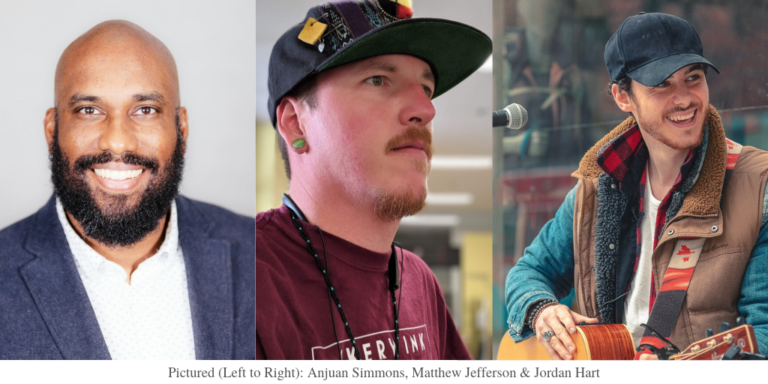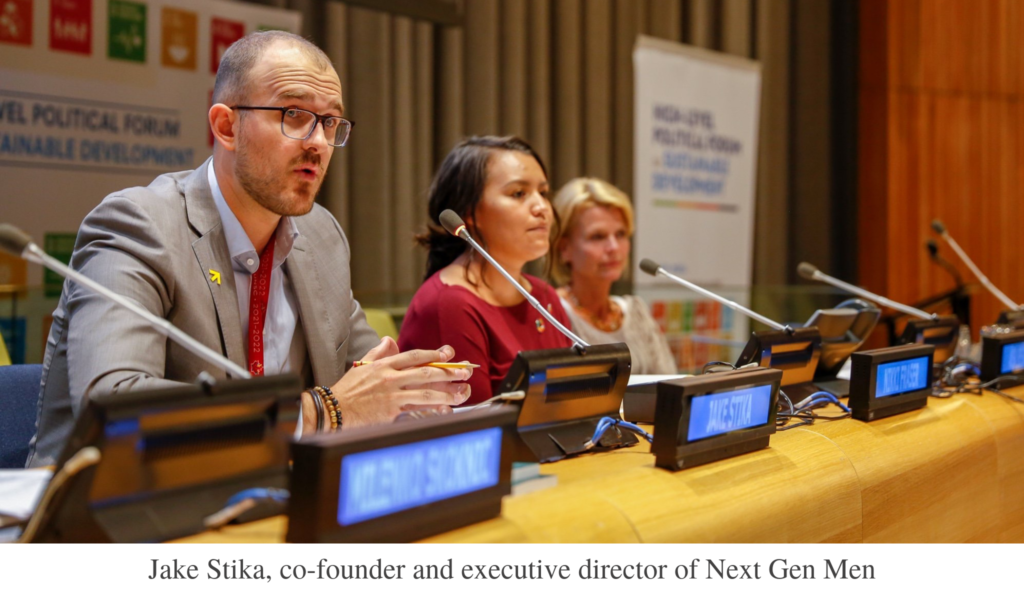A conversation with Pam Palmater on COVID, racism, and Indigenous communities
By Stephania Varalli
Within the first few minutes of the conversation, one thing is clear: it is impossible to understand the impact of COVID-19 on Indigenous people living in Canada without knowledge of the centuries of struggle that came before it, and the racism, oppression, and genocide that they were experiencing already.
On these topics, Dr. Pamela Palmater is an authority — a result of more than 25 years of focus on First Nations issues, studying, volunteering, advocating, and working as a lawyer, Associate Professor, and the Chair in Indigenous Governance at Ryerson University. A Mi’kmaw citizen and member of the Eel River Bar First Nation in northern New Brunswick, Pam has spoken internationally on Indigenous issues and authored three books on the subject; her latest, Warrior Life: Indigenous Resistance and Resurgence, just became available for preorder.
I spoke with Pam on June 3, the one-year anniversary of the release of the Final Report of the National Inquiry into Missing and Murdered Indigenous Women and Girls. On the same day, Pam published an article that shows through statistics that Canada has a racism problem, and Chantel Moore, a 26-year-old from Tla-o-qui-aht First Nation, was fatally shot by a police officer during a wellness check.
And so our conversation started not on COVID, but on injustice.
The interview has been edited for length
Do you think the pandemic has been shining a bigger spotlight on the issues that Indigenous people in Canada face, or has it been a distraction?
To me, COVID-19 has been used sadly as an excuse to deflect from the multiple crisis Canada was in prior to the pandemic. For months, we were in Wet’suwet’en Strong protests, that were anti-police violence, anti-police racism, anti-state oppression and breach of Indigenous rights — but even prior to that, Canada was already in the worst human rights crisis that it has ever faced.
The National Inquiry into Murdered and Missing Indigenous Women and Girls found as a matter of fact and law — not theory or academic research, but fact and law — that Canada is guilty of historic and ongoing genocide, that Canada’s laws, policies, practices, actions and omissions are a direct cause of the crisis level rates of exploitation, disappearance and murders of Indigenous women and girls, and that Canada demonstrates it has a manifest pattern of intention to destroy Indigenous people — and that hasn’t changed, despite using different policy names. Everything is still about accessing our lands and resources and essentially assimilating Indigenous people, and they ignore all of the violence and premature death and ill health and poverty conditions as part of that.
And so we should all be very concerned about COVID, but every pandemic in history has always disproportionately impacted Indigenous people, and in particular, Indigenous women. Indigenous people were overrepresented in H1N1, in terms of hospitalizations, intensive care, and death, and pregnant Indigenous women were also overrepresented in hospitalizations during that time.
Considering H1N1 disproportionately impacted indigenous communities in Canada, is anyone looking at those stats right now with respect to COVID?
Indian Affairs, which is so-called Indigenous Services Canada,[1] has been very criticized for not collecting enough data. They were reporting exceptionally low numbers, and so First Nations, knowing that this data was wrong and presenting the worst picture possible reported their own data to Ryerson University’s Yellowhead Institute — not all First Nations in Canada, but they got a large group to submit their numbers — and the numbers were almost three times higher than what Indian Affairs was reporting.
And that doesn’t even include all of the First Nations. If you don’t know where COVID is, who is infected, how can you contact trace that? How can you prevent it? First Nations for the last few months have been complaining that they haven’t been sent tests. There’s been no concerted, purposeful, intentional focus on the most at-risk, health-compromised population in this country, which is First Nations people.
Knowing that, do you think there has been an appropriate response?
The COVID pandemic should have resulted in a doubling of the effort to make sure that Indigenous women and girls are taken care of. That simply hasn’t been the case. There have been outbreaks in prisons, and Indigenous women are the fastest-growing population and already overrepresented in prisons — they represent 42 percent in federal corrections alone. Indigenous girls represent as high as 98 percent of the youth corrections population.
So if you think about institutions and how they’re natural fermentors of the pandemic because of the overcrowding, lack of hygiene, lack of access to health care, then we know that Indigenous women and girls are at the highest risk because they are overrepresented in all these institutions. It’s just beyond belief that Canada didn’t immediately act on Indigenous women and girls with the report, but didn’t also immediately have a gendered pandemic plan for Indigenous women and girls, to target them first and foremost for protection.
What gives you hope in all this?
I think the hope that I see is the ways in which specifically First Nations and Indigenous women have addressed murdered and missing women and girls, land-based protests and land-based defense, and even this pandemic — by asserting their own sovereignty. And we may be doing so in an underfunded capacity, in a marginalized, oppressed capacity, in a context of ongoing genocide and pandemic risk — but we continue to show our strength, and our resilience, and our leadership, and our commitment to our sovereignty as nations, to continue to do this for our people.
There are literally a thousand stories of Indigenous women and girls serving their communities. They’re the most underserved, but they’re out there volunteering for elders, they’re cleaning, they’re bringing supplies, they’re advocating. They’re literally on the front line. And there are still women out there on the front lines of land defense and that’s where I find my hope. In the assertion and defense of our sovereignty and our territory, despite the overwhelming and monumental barriers, and the risk to our lives.
It’s really important that we get these stories out, and show Canadians that this is where hope is, supporting Native people in asserting and defending their sovereignty and territory, and the right to make decisions for themselves, that’s what will get us out of this. Canadians are starting to see that the things that we were advocating for and protesting against were the very same things that were going to benefit Canadians. So when we’re trying to defend clean water for First Nations, that’s actually a benefit to all Canadians, because we’re not going to live very long without clean water or farmable land. And similarly, when we’re defending human rights and civil liberties, that’s for everybody. And it’s a very slippery slope to say it’s okay to breach those rights for Native people, now it’s okay to breach those rights for Black people, now it’s okay to breach those rights for immigrants, now it’s okay to breach those rights for poor people — it never ends, and so we have to have an absolute stop against the breach of human rights, and that benefits all Canadians.
And what can all Canadians be doing to be better allies?
You don’t have to be working in a social justice advocacy organization to advocate loudly and strenuously and continuously. If you look at the Wet’suwet’en Strong solidarity action, again for most of the large marches and protests and rallies, the majority of them were Canadians, and again politicians took notice of that. So every letter, protest, large behind-the-scenes influence or donation — all of that makes a difference. But the thing is, it has to be vocal. It has to be aggressive. And when I say aggressive, I don’t mean violent — but it has to be pushy, and it has to be continuous, because that’s the only way it’s going to work.
[1]The Harper government replaced the minister of Indian Affairs with a minister of Aboriginal Affairs in 2011; the Trudeau government changed it to minister of Indigenous affairs in 2015, and then split the department in two — to Crown-Indigenous Relations and Northern Affairs, and Indigenous Services—in 2017. It wasn’t until July 15, 2019, however, thatthe Department of Indian Affairs Canada was legally replaced. Many Indigenous activists, including Pam,saw the change as “more superficiality than substance.”
Throughout the pandemic we’ve heard the phrase “We’re all in this together” — but are we? Looking closer, the impact of COVID-19 is not equal for all. The 30% Club Canada and Women of Influence are partnering on Unmasked — a series that amplifies the voices of community leaders, sharing unique challenges and thoughts on how we can build a better, more inclusive future.



